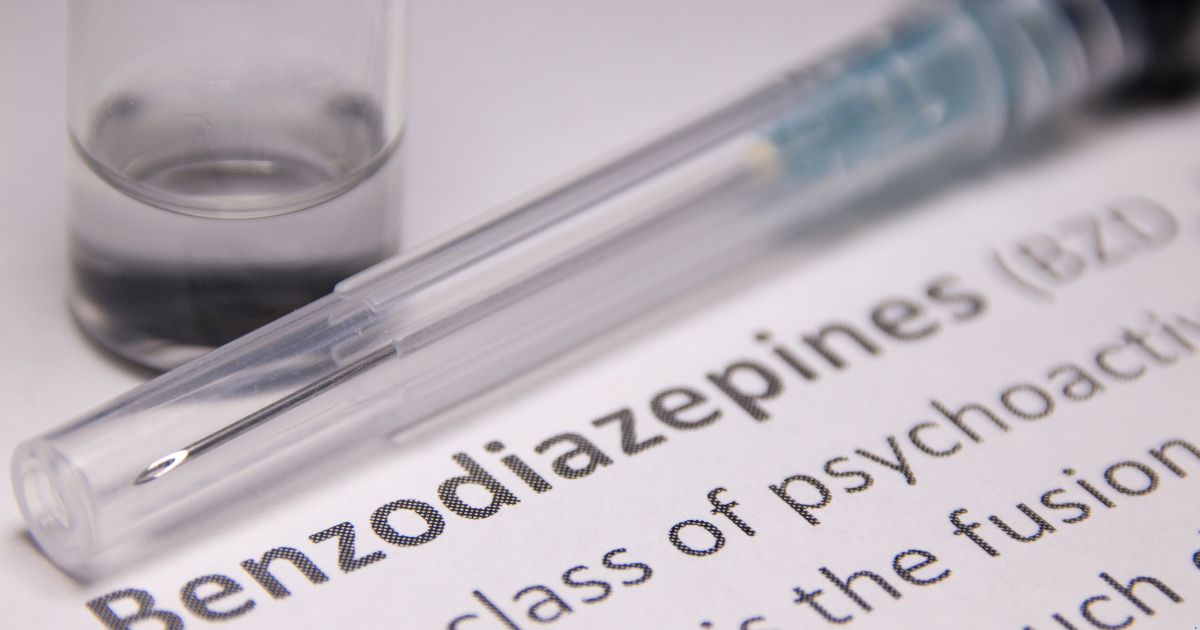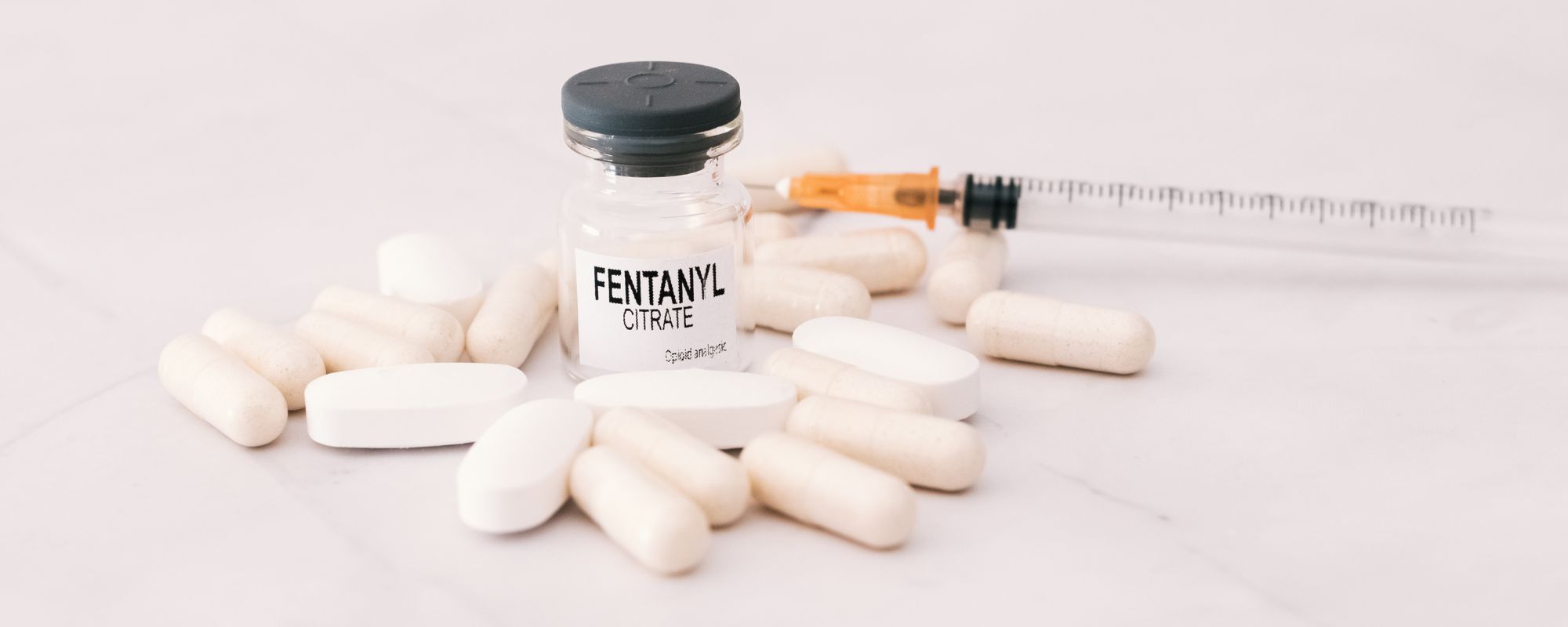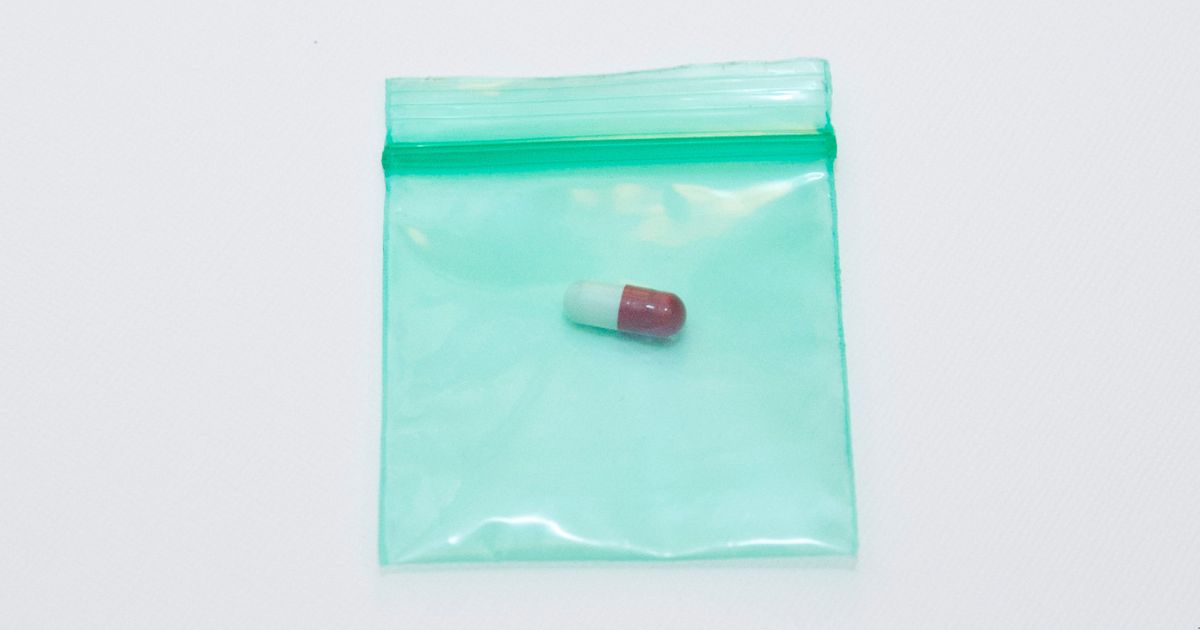Meth addiction is one of the most crippling drug addictions out there. If somebody in your life is chronically using meth, you have a duty to get them help. With meth’s surging popularity in recent years, recognizing the signs someone is using meth has become increasingly crucial for timely intervention.
This article aims to provide a comprehensive guide to identifying the physical, behavioral, cognitive, and environmental indicators of methamphetamine use. By understanding these signs that someone is using meth, you can react quicker and, hopefully, get them the help they need sooner.
What Is Meth?
Methamphetamine, commonly known as meth, crystal meth, or ice, is a powerful and highly addictive stimulant that poses significant health risks to individuals and devastating effects on communities.
Originally developed in the early 20th century as a nasal decongestant, meth quickly came to be used for its euphoric and attention-boosting effects. Like its cousin, amphetamine, the effects of meth include increased energy and talkativeness, decreased hunger, and boosted feelings of well-being. In fact, lack of appetite and increased “chattiness” are two of the possible signs someone is using meth.
However, methamphetamine differs from amphetamine in that, at equivalent dosages, substantially more of the substance enters the brain. This makes it both more effective as a stimulant as well as more dangerous. It has longer-lasting and more harmful effects on the central nervous system, making it more addictive.
In terms of appearance, meth is white and odorless. It typically takes the form of a powder, bitter to the taste, and easily dissolves in water or alcohol.
Methamphetamine is currently classified as a Schedule II drug under the Controlled Substances Act, meaning some medical use is recognized, but access is tightly regulated. It may be prescribed for treating ADHD, as well as serve as a weight-loss aid – however, this is quite rare today.
How to Tell If Your Loved One is Using Meth
Meth use comes with physical and behavioral symptoms that will let you know someone has a meth addiction.
Physical signs someone is using meth include:
- Dilated Pupils: Using meth can cause a person’s pupils to expand.
- Rapid Weight Loss: Methamphetamine suppresses appetite.
- Poor Hygiene: Neglecting personal grooming is a common sign someone is using meth.
- Dental Issues: Known as “meth mouth,” people addicted to meth will often have cracked, stained, or rotting teeth.
- Skin Sores: People who regularly use meth may have sores or scabs. This is because meth can cause itching, with some users even reporting they feel bugs are crawling beneath their skin.
- Excessive Sweating: Being a powerful CNS stimulant, increased body temperature and sweating are common signs someone is using meth.
- Hyperactivity: Meth use leads to a surge of energy, causing users to feel restless. They may pace a lot or have “tics” like restless leg syndrome as a result.
Below are some behavioral signs of meth use:
- Paranoia: Meth use can lead to extreme and irrational distrust of others.
- Agitation or Irritability: Users may display increased irritability and mood swings.
- Insomnia: Difficulty sleeping, staying up for days at a time.
- Erratic Behavior: Unpredictable and sometimes violent behavior.
- Hallucinations: Visual and auditory hallucinations can occur.
- Obsessive Behaviors: Engaging in repetitive or meaningless tasks.
- Increased Talkativeness: Meth can cause users to be unusually talkative.
- Withdrawal from Family and Friends: Isolation or reduced interest in previously enjoyed activities.
The signs someone is using meth can be severe and vary depending on that person’s frequency of use, the amount of meth taken, and their overall physical condition. If you see signs someone you care about is using meth, it’s important to approach the situation with care and consider getting professionals involved.
Get confidential help from our addiction treatment specialists in Orange County. Call to join our rehab program today!
Call 866-881-1184What are the Long-Term Risks of Using Meth?
Long-term methamphetamine abuse can result in lasting damage to brain cells, particularly those involved in dopamine and serotonin regulation. This can lead to issues with depression, cognitive impairment, memory loss, and increased risk for Parkinson’s disease. In fact, meth users are twice as likely to develop Parkinson’s than non-users.
Methamphetamine is highly liver-toxic, meaning liver failure is a serious danger with chronic meth abuse. Because it raises your blood pressure, you’re also at higher risk of stroke or heart attack, and there are also respiratory problems like bronchitis that can result as well. The malnutrition that can result from meth use (due to suppressed appetite) can compound all of these issues.
The cumulative effect of these risks can lead to a significantly diminished quality of life and reduced life expectancy. Recovery from methamphetamine addiction is possible, but the process can be challenging, often requiring a comprehensive approach involving medical intervention, therapy, and long-term support. If you see signs someone is using meth, try to get them help as soon as possible.
Methamphetamine Psychosis
Methamphetamine psychosis is a severe mental health disorder that can occur in individuals who use methamphetamine, especially in those who use it frequently or in high doses. This condition involves a break from reality, characterized by hallucinations, delusions, and other severe disturbances in thought and perception. It’s similar to symptoms seen in schizophrenia and can be both acute and chronic.
Meth Skin Sores
Of all the signs someone is using meth, meth skin sores, often referred to as “meth sores” or “crank bugs,” are one of the most common, visible, and disturbing. These sores can be quite severe and are typically a result of both the physical and psychological effects of the drug.
Meth Mouth
Meth mouth is a term to denote the severe tooth decay that can result from constant meth use. There are five factors that come into play that combine to bring about this terrible dental condition:
- Dry Mouth (Xerostomia): Meth dries out your mouth – you don’t produce as much saliva when you take it. Saliva is essential for neutralizing acids produced by bacteria in the mouth and for aiding in the remineralization of teeth. A lack of saliva allows these acids to erode the tooth enamel, leading to decay.
- Cravings for Sugary Drinks: Using meth changes your taste perceptions. People who use it often have cravings for sugary drinks, which contribute to tooth decay when consumed frequently, especially in the absence of adequate oral hygiene.
- Neglect of Oral Hygiene: People using meth constantly tend to let oral hygiene fall by the wayside.
- Teeth Grinding and Clenching (Bruxism): Like other stimulants, methamphetamine can lead to bruxism, or teeth-grinding, which causes excessive wear and tear on the teeth, weakening them and making them more susceptible to decay.
- Acidic Composition of Meth: The smoke from methamphetamine can itself be acidic, which further damages tooth enamel when inhaled.
Obviously, meth mouth can also lead to significant problems eating, as well as damaged self-esteem. A person who isn’t eating properly will have lower willpower, and when combined with damaged self-esteem due to their unpleasant appearance, it can lead to further meth use, a destructive cycle.
Comprehensive care that addresses both the addiction and its oral health consequences is essential for recovery and rehabilitation.
Looking for quality substance abuse treatment that’s also affordable? South Coast accepts most major insurance providers. Get a free insurance benefits check now.
Check Your CoverageGetting a Loved One Help for Meth Addiction
If you see signs someone is using meth, particularly someone you care about, you need to convince them to get help.
That means starting a conversation. Schedule a time and place to talk when they’re in a (relatively) reasonable frame of mind. Make sure it’s quiet, private, and free of distractions. Make sure that when you have the discussion, they are sober and attentive so they can take in the full gravity of your concern.
Once they agree to talk to you, make a plan of the key points you want to hit. You want your message to be succinct and easy to understand, so don’t be afraid to hit your points repeatedly. Open the conversation by being direct: say something like, “I am worried you’re using meth again.” Let them know you love and care about them and are deeply worried about the course they’re currently taking. And let them know that meth addiction treatment can help them get better and that life will get better – significantly better – once they get sober.
But be ready for pushback – it’s not uncommon for people with addictions to deny they have a problem. Prepare for any negative responses and be ready to meet them with constructive responses of your own – if you react negatively to their pushback, that will simply put them on the defensive.
Finally, be prepared to listen as well as speak. Your loved one is not interested in a lecture or a monologue – they’re clearly going through difficult times, which is why they’ve been using meth in the first place. One major reason people use drugs is because they feel unloved, so you need to go out of your way to correct that. You do that by letting them feel listened to. Ask them plenty of questions about their struggles and fears. Be empathetic and let them know you care and are ready to help them – not just with their addiction but with the issues underlying it as well.
What Is Meth Treatment Like?
Treating meth addiction involves a comprehensive mix of detox, rehab, and ongoing support. Some medications, like naltrexone and bupropion, can be used to treat any withdrawal symptoms in order to make detox go smoother.
Meth Detox and Withdrawal
The first step in treating methamphetamine addiction is detoxification, which is the process of clearing the drug from the body and managing withdrawal symptoms. Meth has a long half-life – the time it takes for a drug to be halfway eliminated from the body. The half-life for meth is 12 hours.
It generally takes several half-lives for a drug to be completely eliminated from the body:
- One half-life (12 hours): about 50% of the drug remains.
- Two half-lives (24 hours): about 25% remains.
- Three half-lives (36 hours): about 12.5% remains.
- Four half-lives (48 hours): about 6.25% remains.
- Five half-lives (60 hours): about 3.125% remains.
Essentially, it takes 60 hours, or about two and a half days, for meth to be fully eliminated from the body, so that is how long detox will take.
During this time, you may experience withdrawal symptoms. Meth withdrawal can include symptoms like fatigue, depression, increased appetite, anxiety, and sleep disturbances.
Detox is often done under medical supervision in a quiet and peaceful environment to ensure the safety and comfort of the individual, as withdrawal can be intense and sometimes dangerous. Various medications can be brought to bear to deal with withdrawal symptoms.
Antipsychotics like aripiprazole, haloperidol, and quetiapine, as well as benzodiazepines, may be used to treat methamphetamine psychosis. Isradipine can be used to manage any meth-induced agitation or high blood pressure.
Inpatient Meth Treatment
This involves living at a drug rehab facility for a period of time (commonly 30-90 days). Inpatient rehab is intensive and is recommended for those with severe addictions or those who need a structured environment to break the cycle of addiction. It includes therapy, support groups, and sometimes supplementary activities like yoga or arts, which help in building healthy habits and coping mechanisms.
Outpatient Meth Treatment
This allows individuals to live at home while attending treatment sessions several times a week at a clinic or facility. This option can be suitable for those with mild-to-moderate addiction levels or extensive support systems at home. It’s less disruptive to daily life but requires a high level of personal discipline.
Get Started Today
If you are seeing signs someone is using meth, or are using it yourself, call us at 866-881-1184 or contact us here. Our highly qualified staff will be happy to help give you an idea of what to expect from your addiction recovery timeline, verify your insurance, and assist with any other questions you may have about our treatment programs.
- Methamphetamine and Parkinson’s Disease – PMC (nih.gov)
- Combination treatment for methamphetamine use disorder shows promise in NIH study | National Institutes of Health (NIH)
- Management of Acute Withdrawal and Detoxification for Adults who Misuse Methamphetamine: A Review of the Clinical Evidence and Guidelines – NCBI Bookshelf (nih.gov)









